#Battle of Copenhagen of 1801
Explore tagged Tumblr posts
Text




























The Battle of Copenhagen of 1801 (Danish: Slaget på Reden), also known as the First Battle of Copenhagen to distinguish it from the Second Battle of Copenhagen in 1807, was a naval battle in which a British fleet fought and defeated a smaller force of the Dano-Norwegian Navy anchored near Copenhagen on April 2, 1801.
#Kastellet#Trekroner Søfort#Battle of Copenhagen of 1801#Slaget på Reden#First Battle of Copenhagen#2 April 1801#anniversary#Danish history#travel#summer 2020#Sweden#Malmö#Copenhagen#Denmark#København#2006#original photography#Kattegat#Atlantic Ocean#Kullaberg nature reserve#vacation#tourist attraction#landmark#cityscape#architecture#landscape#seascape
4 notes
·
View notes
Text

HMS Edgar at the Battle of Copenhagen, 1801, by Anthony Cowland
72 notes
·
View notes
Text
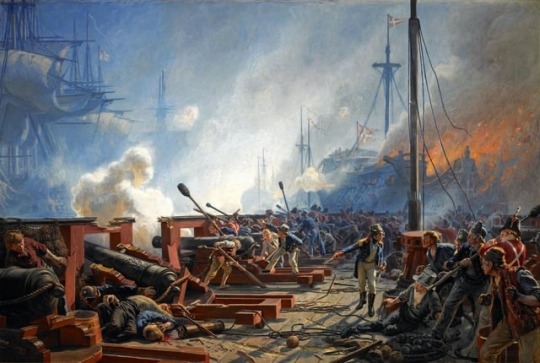
"The Battle of Copenhague 1801", by Christian Mølsted. [1433X964]
“Battle of Copenhagen, British naval victory over Denmark in the Napoleonic Wars, fought on April 2, 1801. There were several reasons for the animosity between the countries. The armed-neutrality treaty of 1794 between Denmark and Sweden, to which Russia and Prussia adhered in 1800, was considered a hostile act by England. Conversely, while at war with France during the Napoleonic Wars, Britain’s naval operations against French trade also hurt neutral nations’ shipping. Such hostility brought Britain into conflict with Denmark in 1801, resulting in a successful British attack on Copenhagen and, shortly after, the demise of an anti-British alliance.” - Britannica
#history#military art#military#1800s#napoleonic era#napoleonic wars#naval battle#danish uniform#British uniform#Danish history
20 notes
·
View notes
Text
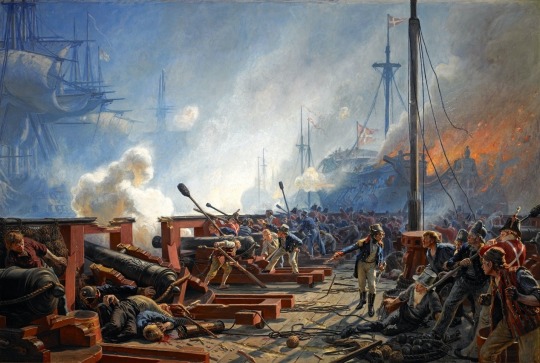
The Battle of Copenhagen 1801 by Christian Mølsted
#christian mølsted#art#age of sail#battle of copenhagen#denmark#danish#navy#naval battle#battle#history#europe#european#naval warfare#peter willemoes#ship#ships#sea#cannons#war#northern europe#copenhagen#scandinavia#royal navy#napoleonic
87 notes
·
View notes
Text
3rd Saturday
Showery. Ship visited by Lady Franklin (and other Ladies) the wife of Governor Sir J Franklin.
Campbell's Notes: Sir John Franklin (1786–1847) joined the Navy in 1800 and saw service at the battle of Copenhagen (1801). He sailed in Investigator with Matthew Flinders for the survey of New Holland (Australia) and on the way home in Porpoise was wrecked on the coral reef near Cato Bank. He was in Bellerophon at Trafalgar (1805) before being confirmed Lieutenant 11 February 1808. In command of the hired brig Trent he accompanied Captain Buchan, HMS Dorothea on a voyage of exploration in the vicinity of Spitsbergen. Thereafter he undertook two expeditions overland, the first to locate the position of the mouth of the Coppermine River and survey the northern coast of Canada in its vicinity, and the second in 1825 to cooperate with Captains Beechey and Parry in a search for the north-west passage. He was promoted Captain on 20 November 1822 on his return from the first expedition and Knighted after the second. He was appointed Lieutenant Governor of Van Dieman’s Land, January 1837 and held the post until November 1843. His attempts to establish a representative assembly and improve social and educational facilities were unpopular with the Government from whose point of view his governorship was at best unsuccessful and at worst disastrous. He was however popular among the colonists, both settlers and convicts, for his sense of justice and compassion. He ended his life, 11 June 1847, in command of the Erebus, with Captain Crozier in the Terror, in an other attempt to find the north-west passage (which sailed in 1845), before the ships were abandoned on 22 April 1848. DNB, Cyriax, Sir John Franklin. O’Byrne, A Naval Biographical Dictionary.
4 notes
·
View notes
Text
Events 4.2 (before 1980)
1513 – Having spotted land on March 27, Spanish explorer Juan Ponce de León comes ashore on what is now the U.S. state of Florida, landing somewhere between the modern city of St. Augustine and the mouth of the St. Johns River. 1755 – Commodore William James captures the Maratha fortress of Suvarnadurg on the west coast of India. 1792 – The Coinage Act is passed by Congress, establishing the United States Mint. 1800 – Ludwig van Beethoven leads the premiere of his First Symphony in Vienna. 1801 – French Revolutionary Wars: In the Battle of Copenhagen a British Royal Navy squadron defeats a hastily assembled, smaller, mostly-volunteer Dano-Norwegian Navy at high cost, forcing Denmark out of the Second League of Armed Neutrality. 1863 – American Civil War: The largest in a series of Southern bread riots occurs in Richmond, Virginia. 1865 – American Civil War: Defeat at the Third Battle of Petersburg forces the Army of Northern Virginia and the Confederate government to abandon Richmond, Virginia. 1885 – Canadian Cree warriors attack the village of Frog Lake, killing nine. 1902 – Dmitry Sipyagin, Minister of Interior of the Russian Empire, is assassinated in the Mariinsky Palace, Saint Petersburg. 1902 – "Electric Theatre", the first full-time movie theater in the United States, opens in Los Angeles. 1911 – The Australian Bureau of Statistics conducts the country's first national census. 1912 – The ill-fated RMS Titanic begins sea trials. 1917 – American entry into World War I: President Wilson asks the U.S. Congress for a declaration of war on Germany. 1921 – The Autonomous Government of Khorasan, a military government encompassing the modern state of Iran, is established. 1930 – After the mysterious death of Empress Zewditu, Haile Selassie is proclaimed emperor of Ethiopia. 1954 – A 19-month-old infant is swept up in the ocean tides at Hermosa Beach, California. Local photographer John L. Gaunt photographs the incident; 1955 Pulitzer winner "Tragedy by the Sea". 1956 – As the World Turns and The Edge of Night premiere on CBS. The two soaps become the first daytime dramas to debut in the 30-minute format. 1964 – The Soviet Union launches Zond 1. 1969 – LOT Polish Airlines Flight 165 crashes into the Polica mountain near Zawoja, Poland, killing 53. 1972 – Actor Charlie Chaplin returns to the United States for the first time since being labeled a communist during the Red Scare in the early 1950s. 1973 – Launch of the LexisNexis computerized legal research service. 1975 – Vietnam War: Thousands of civilian refugees flee from Quảng Ngãi Province in front of advancing North Vietnamese troops. 1976 – Prince Norodom Sihanouk resigns as leader of Cambodia and is placed under house arrest. 1979 – A Soviet bio-warfare laboratory at Sverdlovsk accidentally releases airborne anthrax spores, killing 66 plus an unknown amount of livestock.
0 notes
Text

Salute the Brave: Battle of Copenhagen 1801. 'I really do not see the signal'... Lord Nelson places his blind eye to his telescope on receiving orders for the whole British fleet to withdraw from battle by his Commanding Officer. Disobeying this order, Nelson continued his attack, won the battle, and became Commander-in-Chief! (FTP)
1 note
·
View note
Text
Events from History: 2 April 1801
https://5minutehistory.com/?p=891 Events from History: 2 April 1801 - https://5minutehistory.com/?p=891 Cannon Fire and Courage: The Day Nelson Defied Orders at the Battle of Copenhagen On April 2, 1801, the waters near Copenhagen, Denmark, became the stage for one of the most dramatic naval battles of the Napoleonic Wars—the Battle of Copenhagen. This intense confrontation between the British Royal Navy and the Danish-Norwegian fleet was not merely a display of maritime might but a pivotal event that influenced the geopolitical landscape of Europe during a time of tumultuous alliances and i
0 notes
Text
The Battle of Copenhagen of 1801. Painting by Christian Mølsted in 1901. Cutout showing the 17 years old Lieutenant Peter Willemoes. The artist has all the same details of a Norwegian/Danish naval officer uniform, which I have gathered to this point. The white vest and trousers were adopted from the English navy uniform. The cut of the uniform coat tended to follow the civilian fashion.


0 notes
Text
The Life of Admiral Samuel Graves, 1713–1787 (I)

Samuel Graves by James Northcote, probably 1770s/1780s.
Considering yesterday was the anniversary of the Battle of Bunker Hill (17 June 1775), I thought it would be nice to write a little something about the man whose portrait I’ve cropped to make a header and who was involved at Bunker Hill, too. Largely left out of the larger narratives of the Revolutionary War, Samuel Graves, then a vice-admiral, served as Commander-in-Chief of the North American Station from mid-1774 to early 1776.
Because I’ve collected quite a fair bit of information on him, I’m going to split my biographic account up and will focus on his early life in this post.
Early life
Samuel was born the fourth of five children to Jane and Samuel Graves in what’s modern-day Northern Ireland on 17 April 1713. Originally from Yorkshire, Samuel’s great-uncle and grandfather had come to Ireland during the latter half of the 17th century. Samuel Graves Sr. (1674–1727), a reverend, settled in Castledawson, Co. Londonderry on a country estate called Gravesend. Gravesend is still around; today it’s the clubhouse of a local golf club.
His mother, Jane, née Moore (1666–1767), is believed to have lived on the Isle of Man prior to marrying Reverend Graves. When exactly they were married has been lost to time, but the Reverend was eight years his wife’s junior and given that at least three of her children were verifiably born while she was in her forties (46 or 47 when she had Samuel Jr.), she may have married at a somewhat older age than was considered common for a first-time bride at the time.
Young Samuel had three older brothers called Thomas, James and John (c. 1711–1776) and a presumably younger sister, Olivia. Little is known about his siblings; several of John’s sons would follow their uncle into the navy, one of them being the future Sir Thomas Graves, Nelson’s second-in-command at Copenhagen in 1801, and Olivia, married to a Henry Knox of Londonderry City, was widowed at some point in time. Thomas and James remained unmarried, but Thomas, who lived the life of a landed gentleman, appears to have had either one or even two children with his housekeeper. A son from this affair, David Graves, joined the navy as well.
Reverend Graves died aged only 53 in 1727. In his will, he stipulated that he wanted his body to be buried in the graveyard in nearby Magherafelt and provided in different ways for his five children with his wife Jane and oldest son Thomas as executors.
Rather curiously for a fourth son, Samuel Jr. inherited the Gravesend estate. It appears his older brothers already had other plans with their lives that did not involve the family estate; for instance, John Graves, then about 16, planned on following his father’s footsteps and was a student at Trinity College Dublin at the time of his father’s death, and was provided for monetarily in Reverend Graves’ will.
Poignantly, Samuel’s was the second generation of Graves’ to lose their father young; the Reverend Graves’ father James John Graves (b. c. 1654), a captain in the army, fell victim to a holdup murder in 1689 alongside his wife Maria when they were staying overnight at an inn in Glaslough, Co. Monaghan, leaving behind their sons Samuel and Thomas and a daughter called Mary.
It appears that having lost a parent young left a lasting impression on Samuel considering several developments in his later life, but let’s not get ahead of ourselves for the moment.
What exactly he did in the years immediately after his father’s death is unknown; very likely, being only 14, he may have attended a local school or been tutored at home while slowly growing into the care and management of his estate, something he proved to be quite good at later in life.
Early Career
In 1732, he decided to join the Royal Navy and received his lieutenant’s commission in 1739. Again, his whereabouts during the seven year gap between entering the navy and his lieutenant’s commission have been lost in the mists of time, but the fog eventually clears as he slowly starts to step into the light of history during the 1740s. His first recorded active service dates to 1741, serving on board HMS Norfolk (80) during the Battle of Cartagena des Indias, 13 March – 20 May 1741. The captain of said third-rate was his paternal uncle, Captain Thomas Graves, and one of the midshipmen on board HMS Norfolk was a cousin of the same name. Both Midshipman Thomas Graves and Lieutenant Samuel Graves would become Commanders-in-Chief of the North American Station during the 1770s and 1780s.

Left: Rear-Admiral Sir Thomas Graves (1677–1755) by an unknown artist; right: Admiral Thomas Graves, 1st Baron Gravesend (1725– 1802) by Thomas Gainsborough, dated 1786. Samuel Graves’ uncle and cousin.
In the next installment, I am going to take a closer look at the beginning of his career and the rather eventful 1750s and 1760s including two marriages, two blackmail letters, two godsons, a court case and one famous battle prior to becoming Commander-in-Chief of the North American Station.
References:
David Graves on morethannelson [accessed 18 June 2021].
Jane (Moore) Graves (1666 - 1767) on Wikitree [accessed 18 June 2021].
Kearsley, George, Kearsley’s Complete Peerage, of England, Scotland and Ireland (Vol. II), 1802 [accessed 18 June 2021].
Public Record office Northern Ireland (PRONI), ref. D1062/4/B/3, referenced here [accessed 18 June 2021].
Samuel Graves on threedecks.com [accessed 18 June 2021].
The Graves Family of Yorkshire and Mickleton Manor, Gloucestershire, England (Family tree/overview, not always entirely accurate) [accessed 18 June 2021].
Image credits:
Samuel Graves by James Northcote, Wikimedia Commons, photograph by Christie’s [accessed 18 June 2021].
Rear-Admiral Sir Thomas Graves, 1677-1755 by an unknown artist, image property of the Royal Museums Greenwich (RMG) [accessed 18 June 2021].
Admiral Lord Graves, 1st Baron Graves by Thomas Gainsborough, dated 1786, Wikimedia Commons, photograph by Sotheby’s [accessed 18 June 2021].
#history#british history#irish history#naval history#military history#age of sail#williamite war#amrev#revolutionary war#(<- soon i promise)#bunker hill#samuel graves#thomas graves#graves family#my history posts#18th century#17th century#18th c#17th c#naval art
11 notes
·
View notes
Text


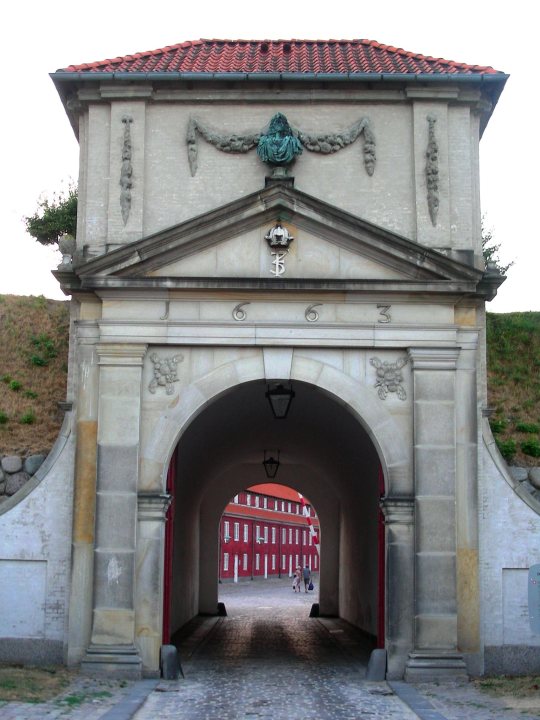



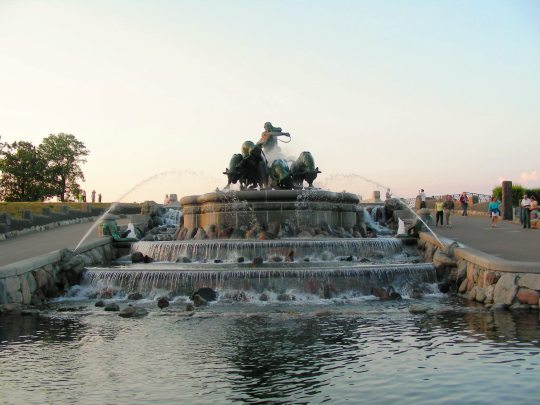

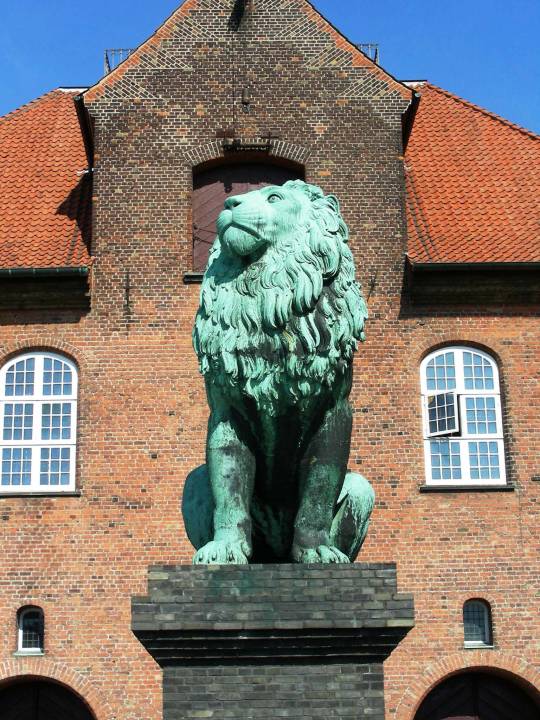
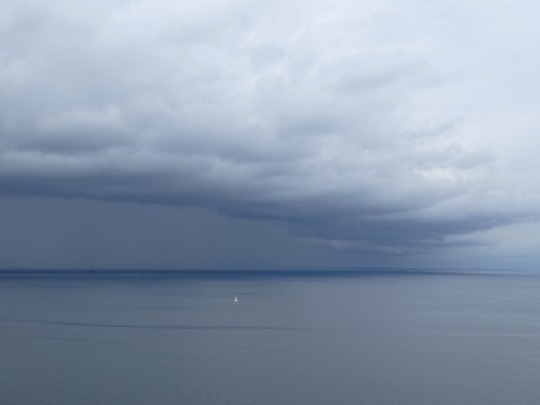



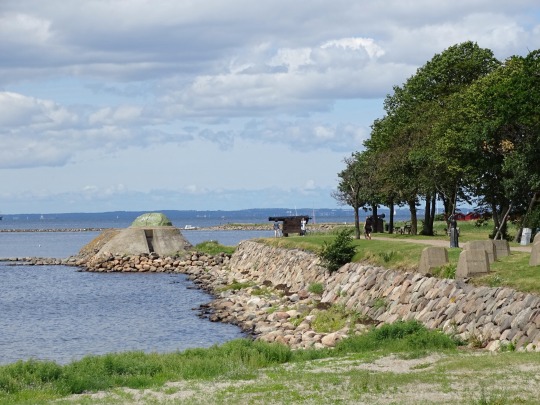
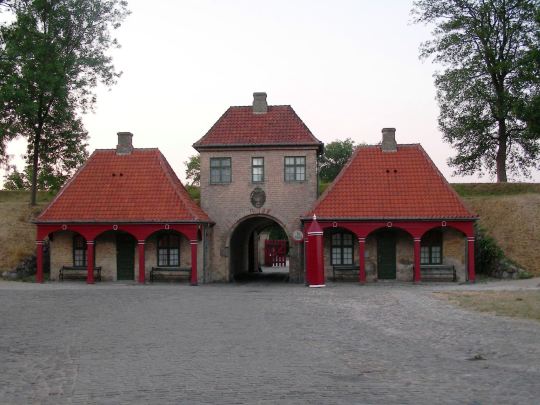




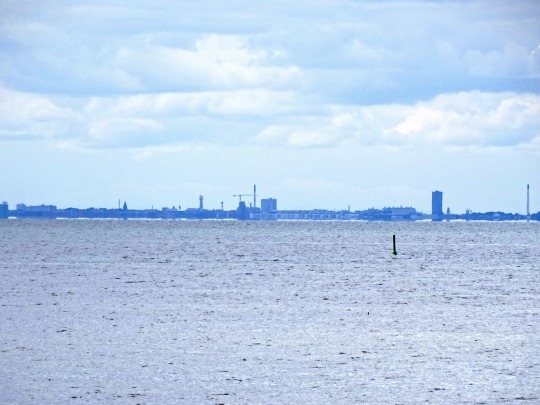

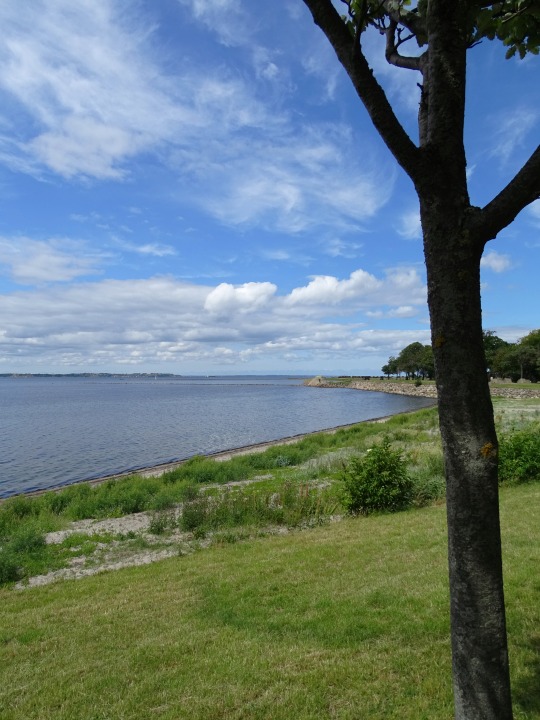

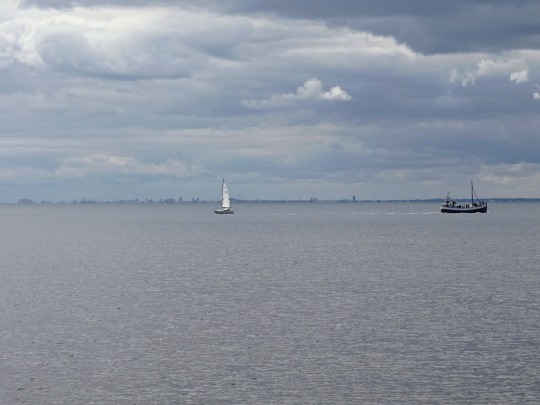


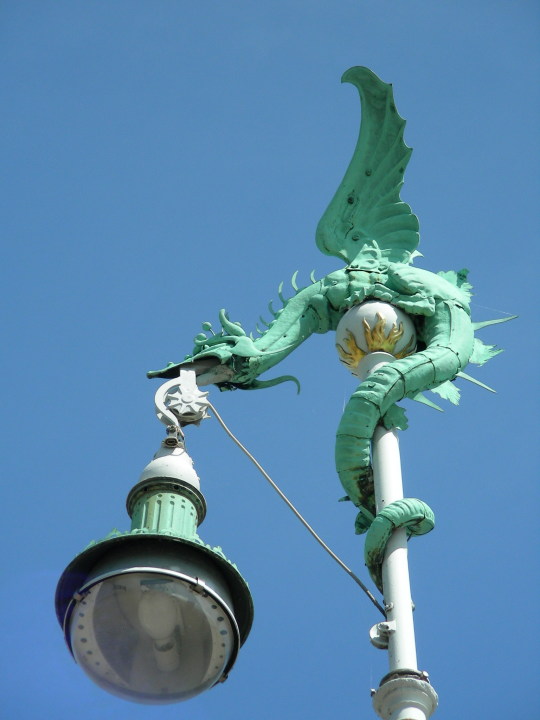

The Battle of Copenhagen of 1801 (Danish: Slaget på Reden), also known as the First Battle of Copenhagen to distinguish it from the Second Battle of Copenhagen in 1807, was a naval battle in which a British fleet fought and defeated a smaller force of the Dano-Norwegian Navy anchored near Copenhagen on April 2, 1801.
#Kastellet#Trekroner Søfort#Battle of Copenhagen of 1801#Slaget på Reden#First Battle of Copenhagen#2 April 1801#anniversary#Danish history#travel#summer 2020#Sweden#Malmö#Copenhagen#Denmark#København#2006#original photography#Kattegat#Atlantic Ocean#Kullaberg nature reserve#vacation#tourist attraction#landmark#cityscape#architecture#landscape#seascape
8 notes
·
View notes
Text
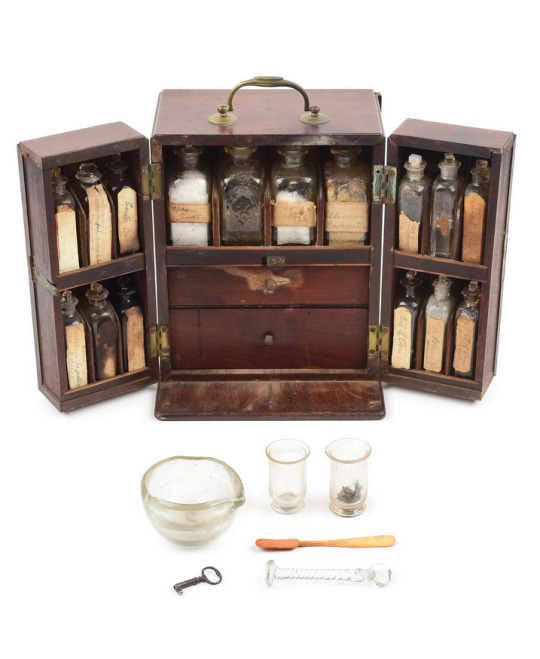
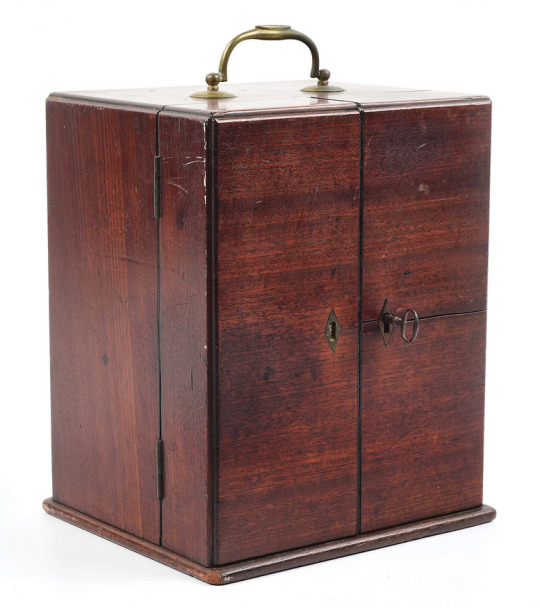

Ship's medicine chest, late 18th century
This ship's medicine chest was owned by Sir Benjamin Outram (1774-1856) and, according to his descendants, is said to have been used in the Battle of Copenhagen in 1801.
#naval artifacts#ship's medicine chest#surgeons at sea#late 18th century#sir benjamin outram#battle of copenhagen#1801#age of sail
174 notes
·
View notes
Text
@mundumscribo || There are moments still left out at sea
Jamestown, 1801
During Mathias’s visit to the United States, Alvin invites him personally to come away from all the politics and just get to know each other better. Their nations are to maintain diplomatic relations, after all, but Alvin has always been the type to prefer meeting the person behind the nation. He finds it fascinating how human they all are. It makes him feel like they’re all equal.
He invites him to Jamestown, where he settled back down when the new government was stable enough for him to feel secure in leaving his bosses to their own devices, and sits with him on the docks, where politicians can’t tell them what to say or do. Where judgmental eyes don’t make him feel uncomfortable just for being there. They can just be Alvin and Mathias and not America and Denmark.
It’s late in the evening, though, and they’re seated far from the glow emanating from Jamestown itself behind them. The stars overhead reflect the water below their feet as the waves roll about in the bay.
“I am more at home at sea than I am on land,” Mathias says.
His attention is out towards the sea beyond the bay, and Alvin watches that yearning look in his eyes. Even in the low light, Alvin can see that they’re a bright blue like the ocean Mathias longs for—the color of the ocean when the sun as at its peak in the sky on a clear, sunny day.
Alvin watches him for a moment before breaking the silence. “Were you out at sea often back when you were a Viking?” He hesitates briefly before continuing. “Do you miss it?”
The Battle of Copenhagen was still ringing in Mathias’ ears. He could still hear the bombardment of his Navy by the British, the cries of men the cracking of wood splintering and splitting in half. Masts creaked and were felled, shattering beautiful woodwork of the rails. Then he’d been sent to America for a diplomatic mission of sorts. To get him out of the country. He was too valuable. The Napoleonic Wars were too close to home, they needed to protect him, allegedly. But Aleksander. Mathias pinched the bridge of his nose for a moment, exhaling out quietly. This was supposed to be his Golden Age yet his fleet was largely at the bottom of the North Sea. Nausea churned in his gut.
How could the monarchy send him to the United States at such a time? A fledgling nation, barely up on its feet? Mathias was needed on the homefront. But then he had met Alvin and he felt an inherent need to guide him. Support him. He was going to need it. “I was too young for a lot of Viking voyages,” Mathias says softly, toes touching the water. “I...” He clicks his tongue. He cannot explain the connection between himself and the head of the Vanir. He wouldn’t understand, Mathias thinks. “But I have always been of the sea.” He drags his foot against the water, eyes shutting for a moment. “I’m sure you know of the Napoleonic Wars. Those damnable Brits...” He shakes his head a moment. “I miss the freedom of the sea, the life it breathed into us. The salt air, the sting of the wind against your face... I was borne of the sea, as was my nation. It’s just...apart of who I am, I suppose.”
18 notes
·
View notes
Text
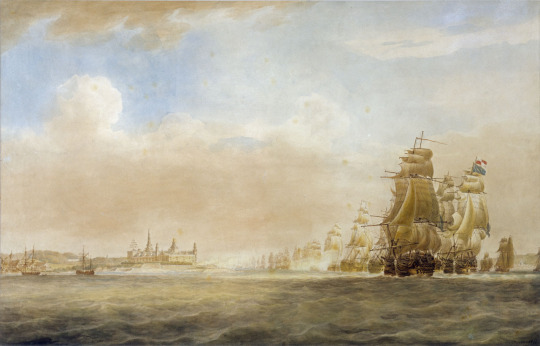
The British Fleet off Kronborg Castle, Elsinore, 28 March 1801 [before the Battle of Copenhagen] by Nicholas Pocock,1810
watercolour on cream wove paper
#art#historic theme#British fleet#28 March 1801#Elsinore#Nicolas Pocock#1810#watercolour on cream wove paper#sea#ships#19th century
4 notes
·
View notes
Text
Common Sayings With Historical Origins

Here are some of the more unusual origin stories behind everyday phrases, curated by the Oldreads review team.
Turn a blind eye
Referred to as a refusal to acknowledge a particular reality, this phrase dates back to British naval hero Horatio Nelson during 1801’s Battle of Copenhagen. In this battle, Nelson’s ships were pitted against a large Danish-Norwegian fleet and when his superior officer flagged for him to withdraw, Nelson supposedly brought his telescope to his bad eye and blithely proclaimed, “I really do not see the signal,” and for this reason the phrase “turn a blind eye” persists to this day.

Crocodile tears
This phrase is used to describe a display of superficial sadness, and is believed to derive from crocodiles who apparently shed tears of sadness while they kill and consume their prey.

Diehard
This phrase refers to someone with a strong dedication to a set of beliefs and is believed to stem from the 1700s to describe condemned men who struggled the longest when they were executed by hanging.
For more great historical content, check out Oldreads today.
2 notes
·
View notes
Text
Events 4.2 (before 1980)
1513 – Having spotted land on March 27, Spanish explorer Juan Ponce de León comes ashore on what is now the U.S. state of Florida, landing somewhere between the modern city of St. Augustine and the mouth of the St. Johns River. 1755 – Commodore William James captures the Maratha fortress of Suvarnadurg on the west coast of India. 1792 – The Coinage Act is passed by Congress, establishing the United States Mint. 1800 – Ludwig van Beethoven leads the premiere of his First Symphony in Vienna. 1801 – French Revolutionary Wars: In the Battle of Copenhagen a British Royal Navy squadron defeats a hastily assembled, smaller, mostly-volunteer Dano-Norwegian Navy at high cost, forcing Denmark out of the Second League of Armed Neutrality. 1863 – American Civil War: The largest in a series of Southern bread riots occurs in Richmond, Virginia. 1865 – American Civil War: Defeat at the Third Battle of Petersburg forces the Army of Northern Virginia and the Confederate government to abandon Richmond, Virginia. 1885 – Canadian Cree warriors attack the village of Frog Lake, killing nine. 1902 – Dmitry Sipyagin, Minister of Interior of the Russian Empire, is assassinated in the Mariinsky Palace, Saint Petersburg. 1902 – "Electric Theatre", the first full-time movie theater in the United States, opens in Los Angeles. 1911 – The Australian Bureau of Statistics conducts the country's first national census. 1912 – The ill-fated RMS Titanic begins sea trials. 1917 – American entry into World War I: President Wilson asks the U.S. Congress for a declaration of war on Germany. 1921 – The Autonomous Government of Khorasan, a military government encompassing the modern state of Iran, is established. 1930 – After the mysterious death of Empress Zewditu, Haile Selassie is proclaimed emperor of Ethiopia. 1954 – A 19-month-old infant is swept up in the ocean tides at Hermosa Beach, California. Local photographer John L. Gaunt photographs the incident; 1955 Pulitzer winner "Tragedy by the Sea". 1956 – As the World Turns and The Edge of Night premiere on CBS. The two soaps become the first daytime dramas to debut in the 30-minute format. 1964 – The Soviet Union launches Zond 1. 1969 – LOT Polish Airlines Flight 165 crashes into the Polica mountain near Zawoja, Poland, killing 53. 1972 – Actor Charlie Chaplin returns to the United States for the first time since being labeled a communist during the Red Scare in the early 1950s. 1973 – Launch of the LexisNexis computerized legal research service. 1975 – Vietnam War: Thousands of civilian refugees flee from Quảng Ngãi Province in front of advancing North Vietnamese troops. 1976 – Prince Norodom Sihanouk resigns as leader of Cambodia and is placed under house arrest. 1979 – A Soviet bio-warfare laboratory at Sverdlovsk accidentally releases airborne anthrax spores, killing 66 plus an unknown amount of livestock.
0 notes